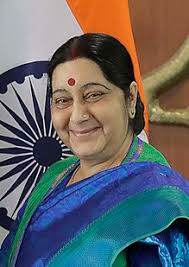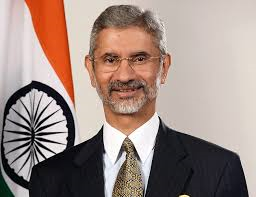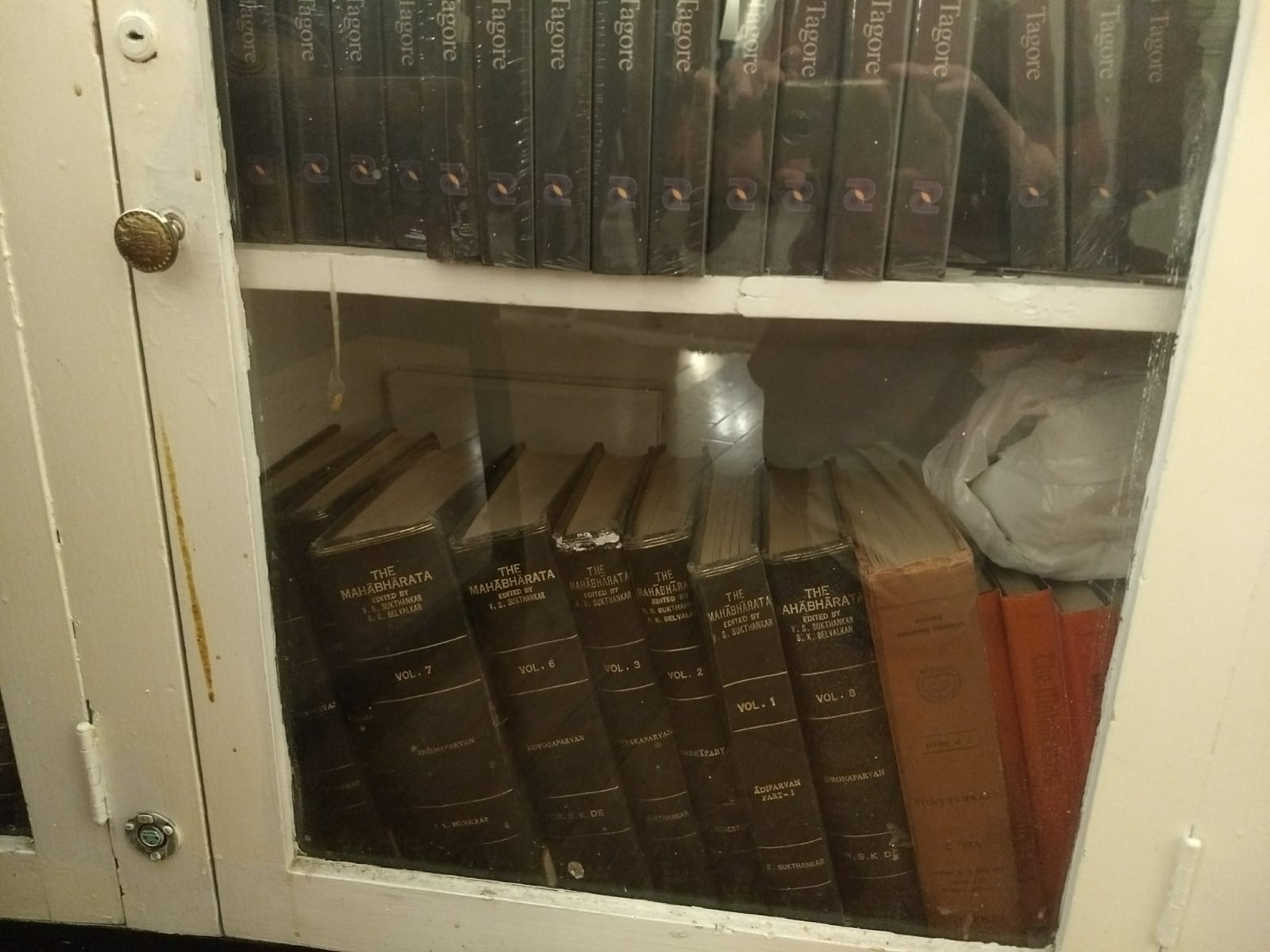Modi 2.0- India's foreign policy and unleashing its power of Cultural Diplomacy
Modi 2.0- India's foreign policy and unleashing its power of Cultural Diplomacy
While writing in The Brown Journal of World Affairs (Volume 13, No 1, Fall/Winter 2006), Cynthia P. Schneider, a Distinguished Professor in the Practice of Diplomacy at the Georgetown University and a former Ambassador of the United States to the Kingdom of the Netherlands, mentions the following quote by Thomas Jefferson:
“You see I am an enthusiast of the subject of arts. But it is an enthusiasm of which I am not ashamed, as its object is to improve the taste of my countrymen, to improve their reputation, to reconcile to them the respect of the world, and procure them its place”.
This observation penned by the 3rd President of the United States of America for the 4th (James Madison) has not lost its relevance even today.
As Harold Nicolson (Diplomacy, 1942) puts it, “Differences between in the theory and practice of diplomatic standards are caused by variations in national character, traditions, and requirements.” To that effect Dharma, not militarism and expansionism, has always been at the core of Indian diplomacy since ancient times. Though war was never proscribed as an option, it wasn’t given any priority either. Despite having a great martial tradition, an efficient social order to sustain it, and a deep understanding of the science of war, it is in the realm of knowledge and culture that India holds the most renown and respect.
Looking closely, and owing not to any singular factor, we notice that “there has been an institutionalized destruction of Indian culture and its heritage since independence”, Anuraag Saxena puts it bluntly. Saxena is one of the co-founders of the India Pride Project (IPP), a volunteer network that track and brings back India’s stolen heritage. “70 years of rust will take time to clean”, he further laments.
To ensure that this rust is washed off so that India not only reclaims its lost past glory but also uses it as a foundational building block to move forward, India needs to undertake several projects at different levels. How India leverages its cultural heritage on the international front, including in diplomacy will be pivotal in establishing India’s status as a Vishwa Guru, as envisioned by PM Modi.
Many concrete steps need to be taken towards achieving this goal. The easiest and the most subtle one, however, is to make India’s government agencies including the Foreign Services more aware, educated, and sensitive about the cultural heritage, including Hindu heritage. They must ensure that neither their goodwill nor resources are used in propagating anti-India and anti-Hindu propaganda. Most bureaucrats and diplomats, like most of us who grew up in India, are a product of an education system that does not put much value on Indian and Hindu cultural heritage which makes them indifferent towards it at best.
As Sushma Swaraj, the dynamic Bharatiya Janata Party leader from Haryana and PM Narendra Modi’s Minister of External Affairs, announced that she will not be contesting the 2019 Lok Sabha elections due to health reasons, she was leaving behind a ministry that looked much different from the one she had inherited. In her 5 years at the helm, she had totally transformed the focus and the scope of here ministry. The MEA under Swaraj was a much efficient, citizen friendly government enterprise than ever before. She was a ‘peoples’ Foreign Minister’

Owing to her popularity, the questions about the void she would be leaving behind were quite justified. The fact that PM Modi chose Subrahmanayam Jaishankar as Swaraj’s successor helped calm some of the initial anxieties. Jaishankar is a career diplomat, has worked with PM Modi, and not many question his bonafides in dealing with the challenges in world diplomacy. However, it is in the area of cultural diplomacy that the new MEA will be tested the most.

Over the last several years, India has invested significant recourses in what may be called ‘soft power’. We have seen the era of high-level dialogues, intellectual and cultural exchanges, festivals, conferences, and even Yoga Day celebrations all around the world. However, in the era of social media where information is transmitted at a lightning speed, cultural diplomacy is not restricted to organizing cultural festivals, seminars, etc. in the embassies and consular offices.
The new framework of any cultural diplomacy must include creating and disseminating positive content as well as countering the negative propaganda continuously and instantaneously. There is also an urgent need to bridge the gap between the government and its agencies on one hand and the popular sentiment and expectations of the citizens they represent on the other. Such disconnect is not desirable in a democracy. It would appear, so far, that a small elite minority much like what NN Taleb describes as the Dictatorship of the Small Minority, has been prevailing over the will of the people of India.
We saw an example of this disconnect among the elite scholars and journalists in the recently concluded Lok Sabha elections. Most either did not see a ‘wave’ in favor of PM Modi and his BJP, or they chose to ignore it as it did not fit in the parameters of their expectations. This was expounded eloquently by Shekhar Gupta in one of the presentations organized by the Center for Policy Research to analyze the verdict of the 2019 Lok Sabha elections. Gupta is a senior journalist and the editor-in-chief of The Print and the President of the Editors Guild of India.
In the run up to the election, we saw a series of anti-Modi, anti-India, and anti-Hindu reporting in the foreign media including the Time, the New York Times, National Public Radio, The Washington Post, The Economist, BBC, etc. The government agencies, including the EAM, failed miserably in countering the negativity in the media. For example, a simple Letter to Editor from the Indian Consulate may go a long way in dispelling some of the misinformation that was put out there but none were coming.
One of the main hindrances in countering the negative propaganda and putting out positive content is the ignorance, insensitivity, and indifference of the bureaucracy and the diplomatic corps towards India’s cultural heritage. For example, during one of the function at the Indian Embassy in Washington, DC a year or so ago, some visitors were appalled to see the status of the some of the Hindu granthas and other important books there. “The Mahabharata books at the embassy were (and probably still are) in a room off the center, in the lower shelf of the glass cabinets -- uncared, unkempt, unread with a used up fruit bowl of them”, one of the visitors confided with this author.

Similarly, the author of this piece had an opportunity to attend a function jointly hosted by the members of the Hindu and Jewish diaspora in the US. Both the Indian Consulate General and the Israeli Ambassador were officially scheduled to attend the function. Considering the good relationship the two countries and their current leaders enjoy, this would have been a great opportunity to express those feeling by India officials. However, most embarrassingly to many attending the function, the Indian Consulate General arrived fashionably late well after Israeli Ambassador had finished his opening remarks. In the CG’s absence, the Deputy CG took to the podium. It was obvious from the Deputy CG’s presentation that official was ill-prepared for the occasion as the same kept mispronouncing the name of Jewish festival. In addition, the official’s presentation on the Indian festival also lacked any nuanced exposition. To many, it was a wasted opportunity.
Another glaring lacuna of Deputy CG’s presentation was the fact that while the Israeli Ambassador mentioned his boss’s name (PM Netanyahu) and his personal relationship with PM Modi umpteen times, his Indian counterpart rarely mentioned PM Modi in his entire speech which lacked any personal touch.
The Indian government funds (in millions of dollars) many institutions abroad, including named chairs (for example, Vivekananda Visiting Professorship at the University of Chicago is funded by the Ministry of Culture, GOI) at prestigious universities. Some of it, in turn, is then gets used in anti-India and anti-Hindu propaganda in the name of freedom of speech and academic freedom. Some of these Centers of South Asian studies in the US have anti-Hindu agenda, some of it owing to their foundation in the early to mid 19th century. This author has written about the troublesome past of the centers of South Asian studies in US universities where in the past these centers were used for spying and evangelizing.
The sanctity, responsibility, and respect given to diplomats in ancient Indian texts as well as in practice speaks volumes of the importance given to diplomacy in India since time immemorial. With an unbroken history of nearly 5,000 years, cultural diplomacy is one of the most potent weapons at India’s disposal. Yet its importance has hardly been effectively utilized by successive Indian governments. India needs to empower its bureaucrats and diplomats to unleash this weapon of cultural diplomacy.

Comments
Post a Comment